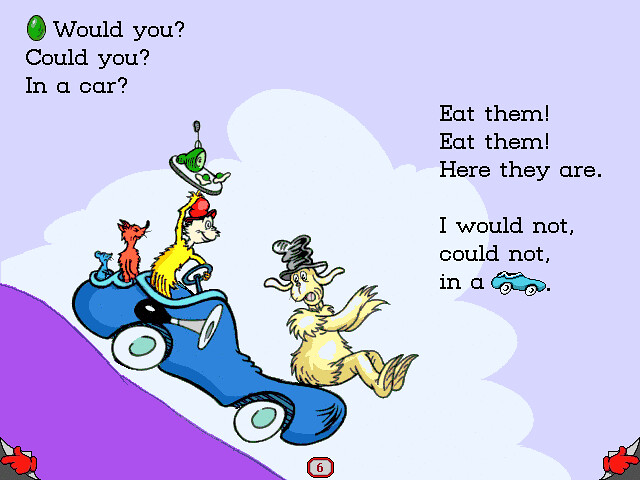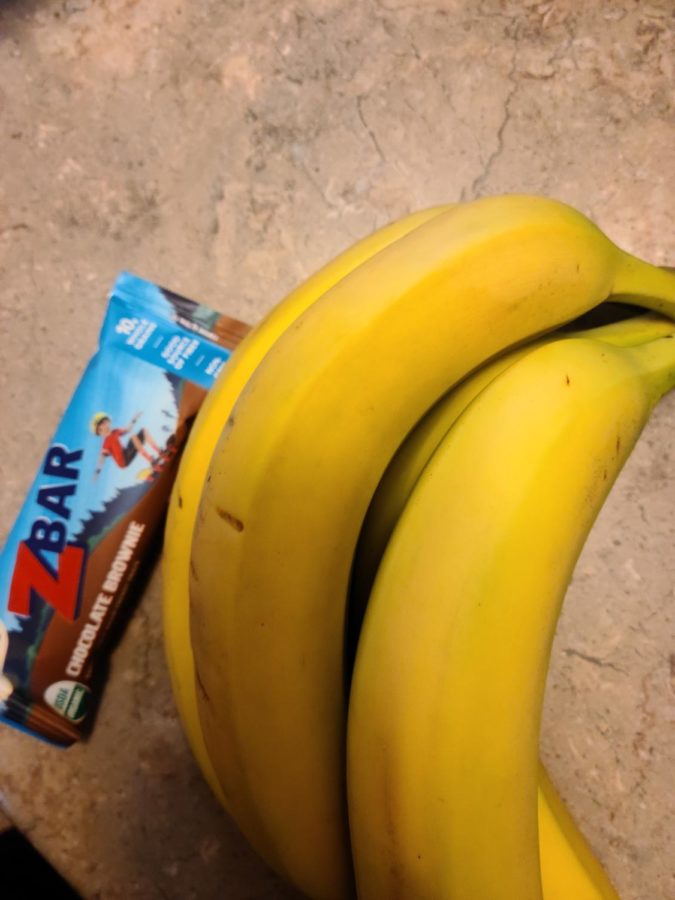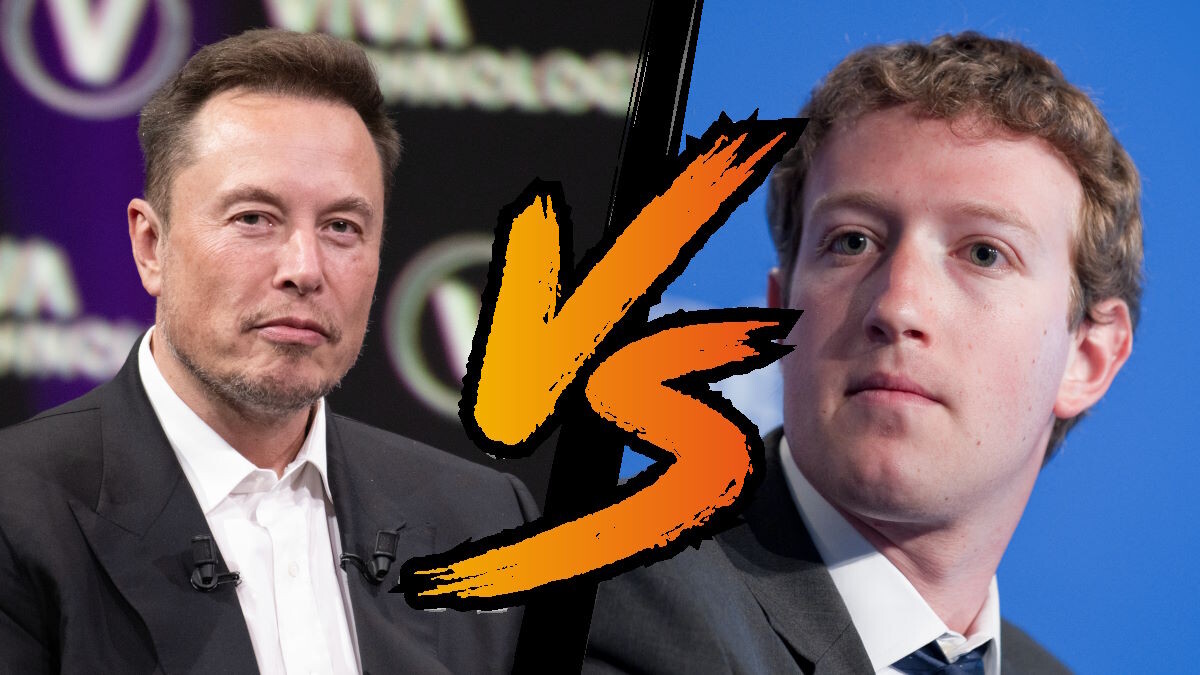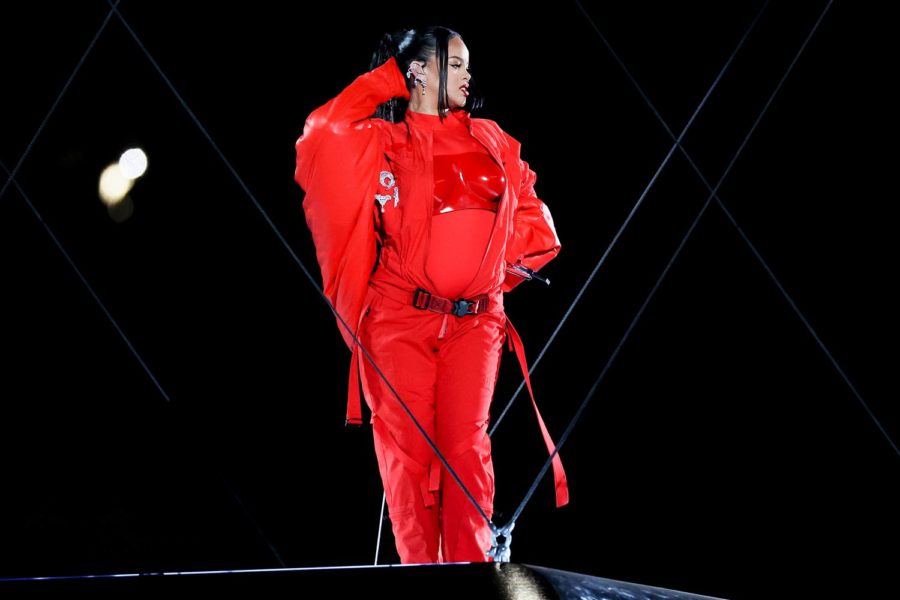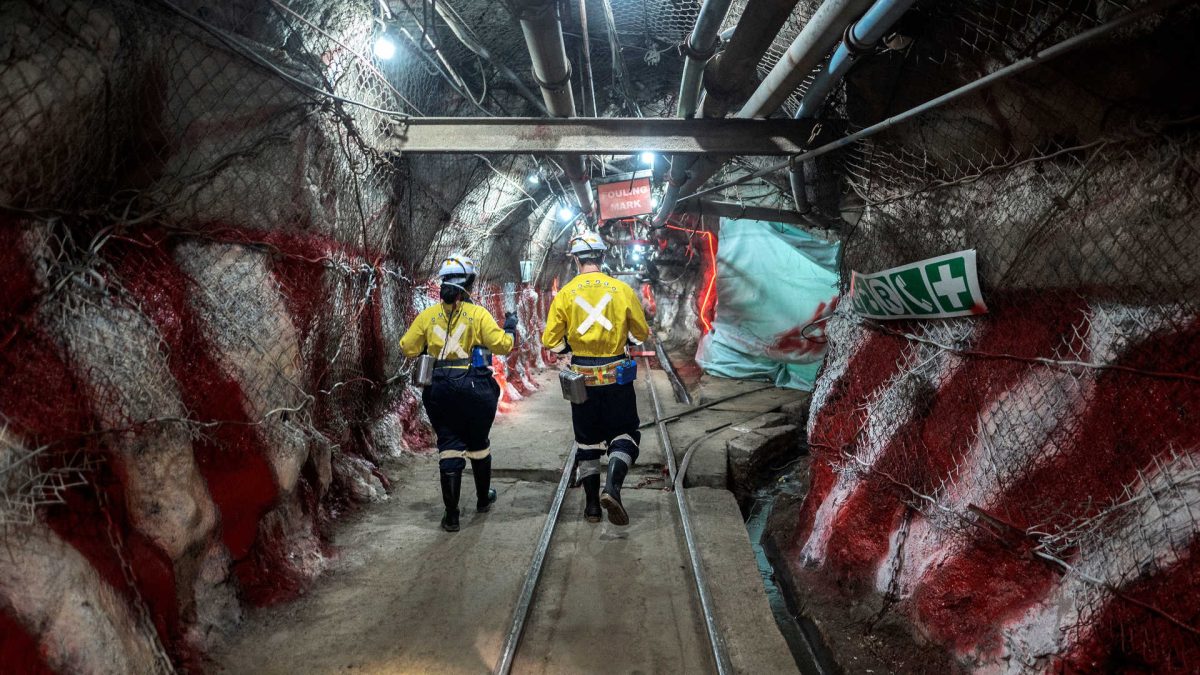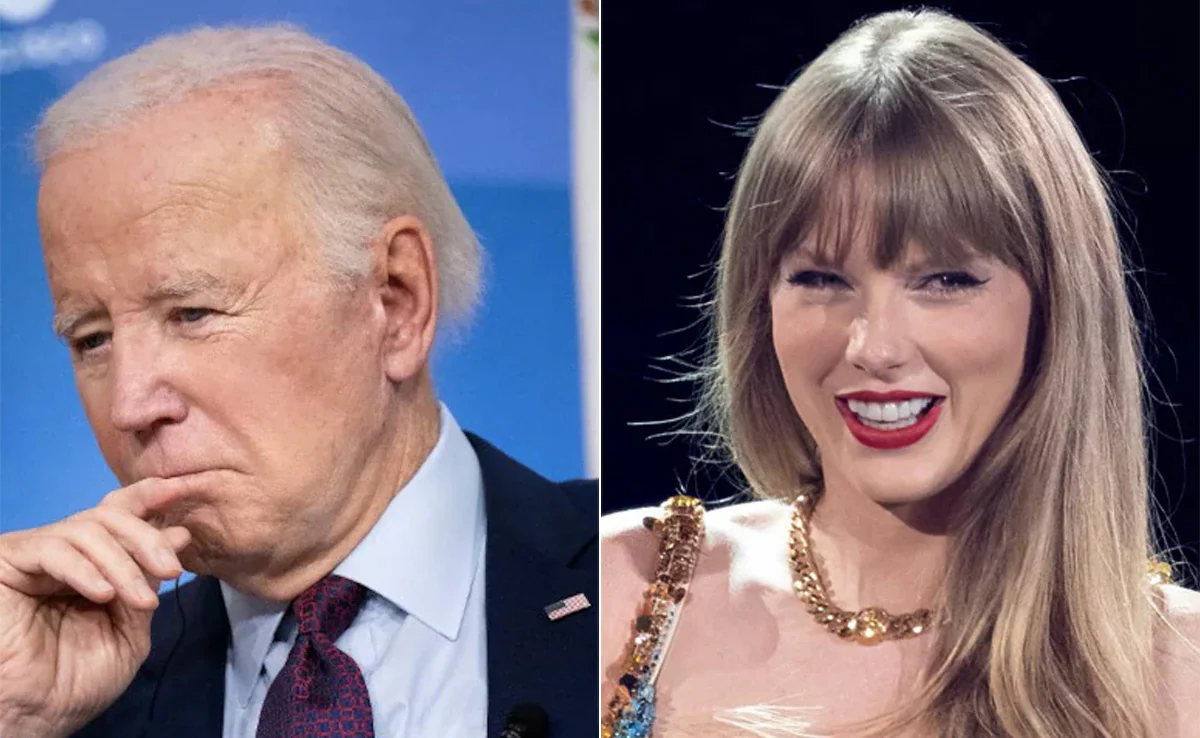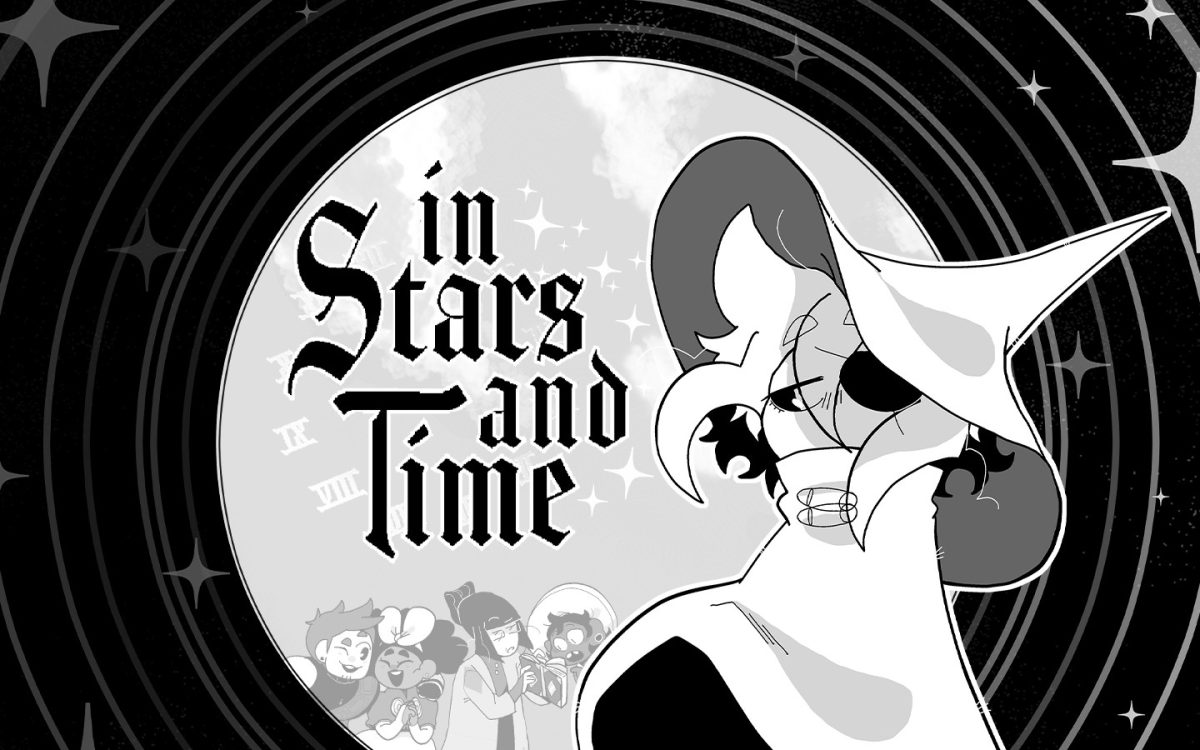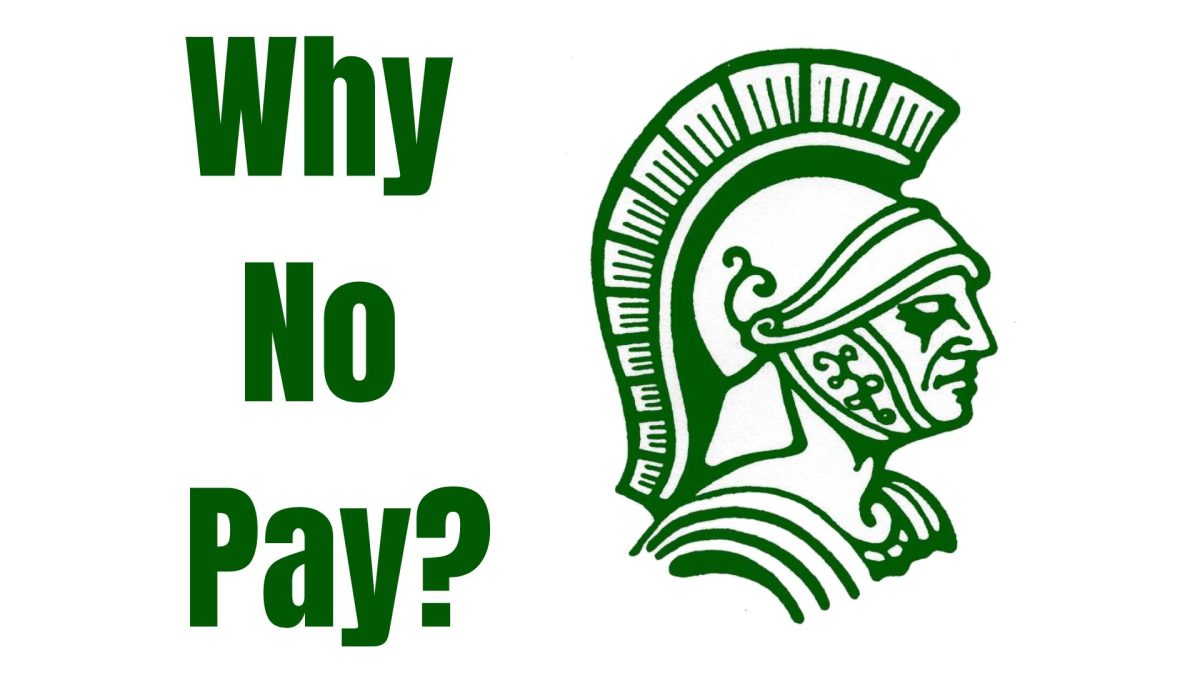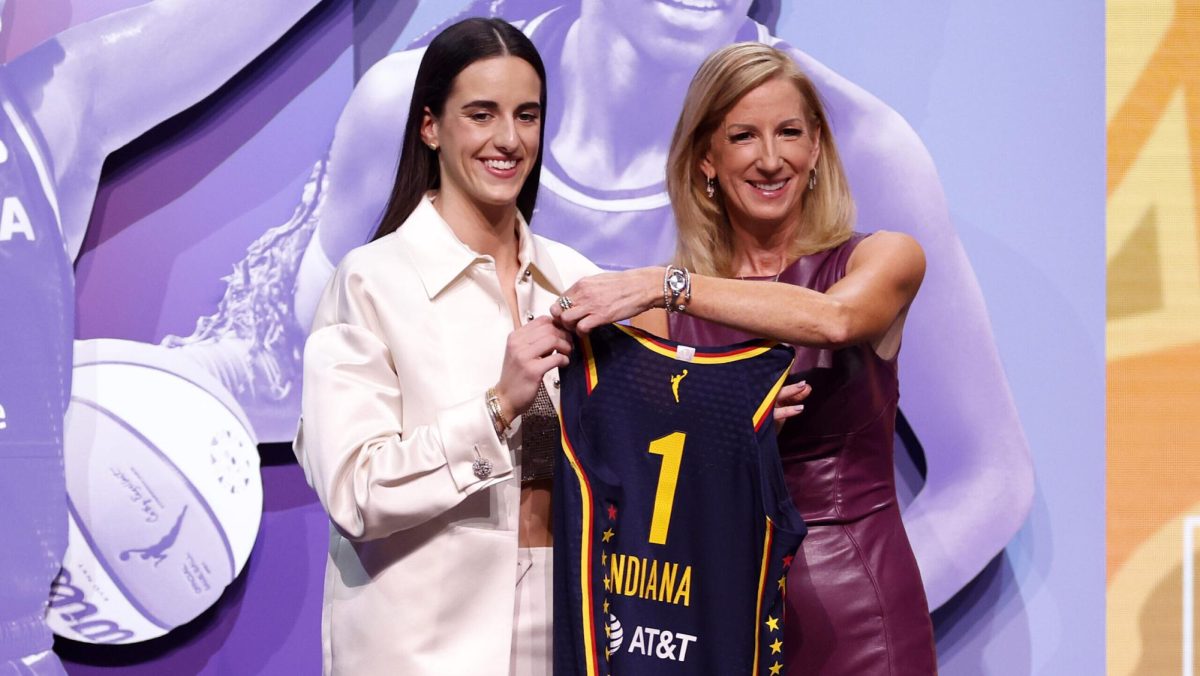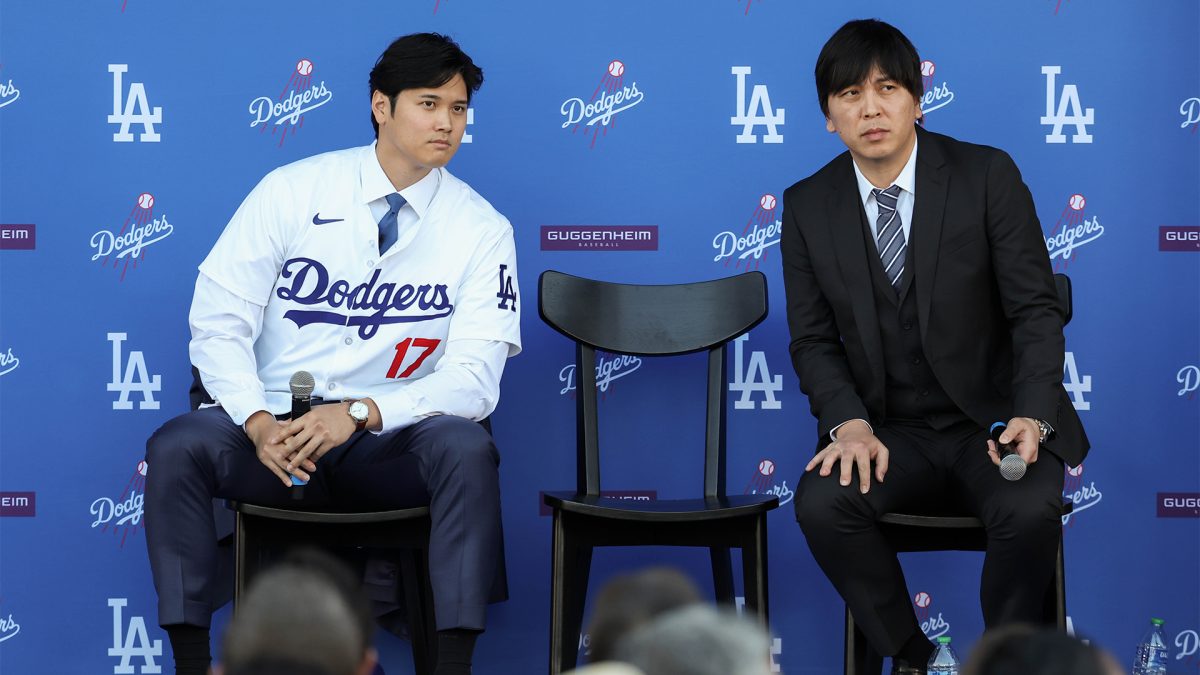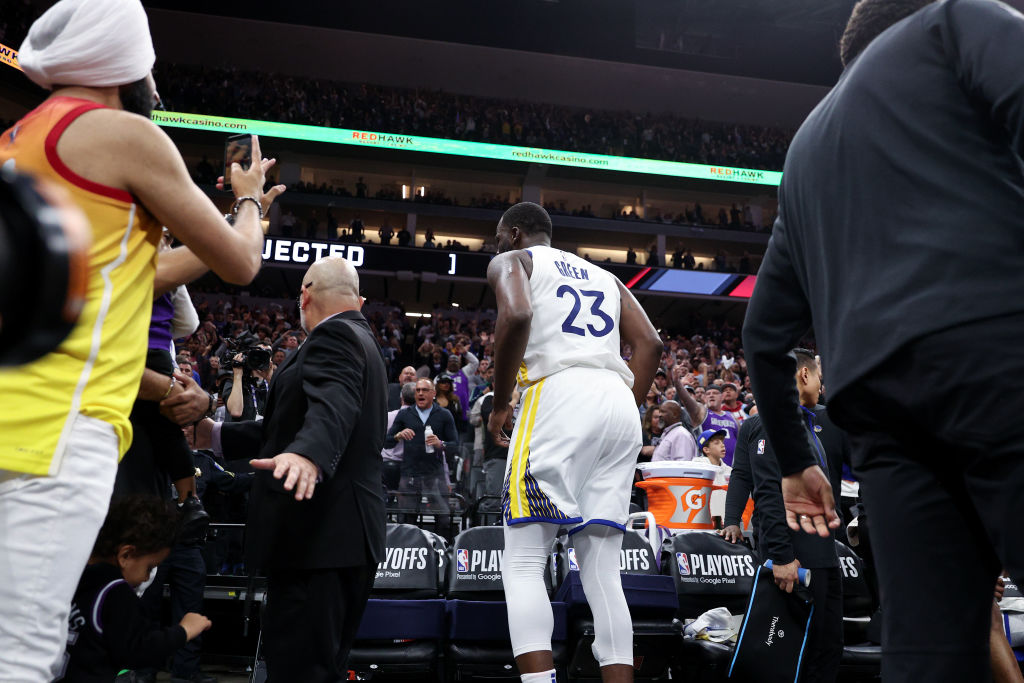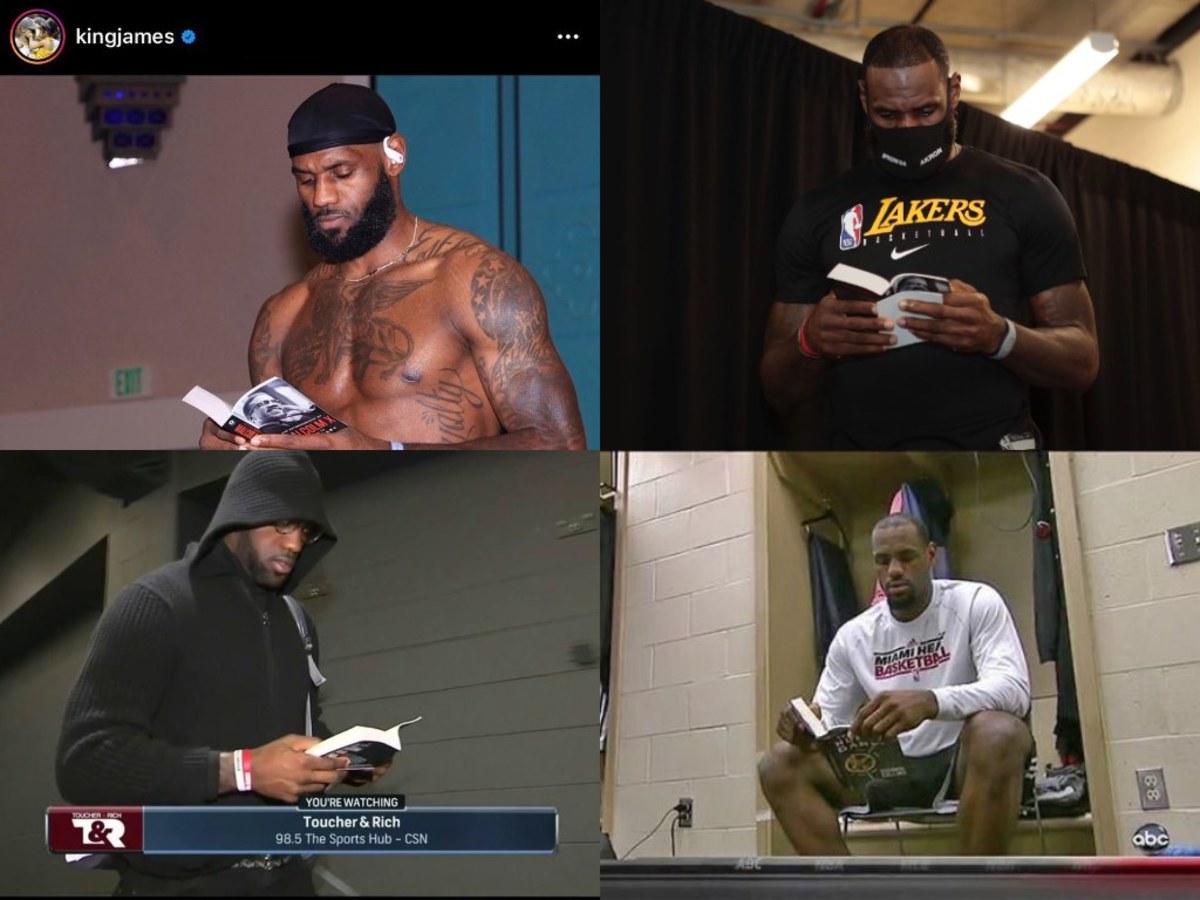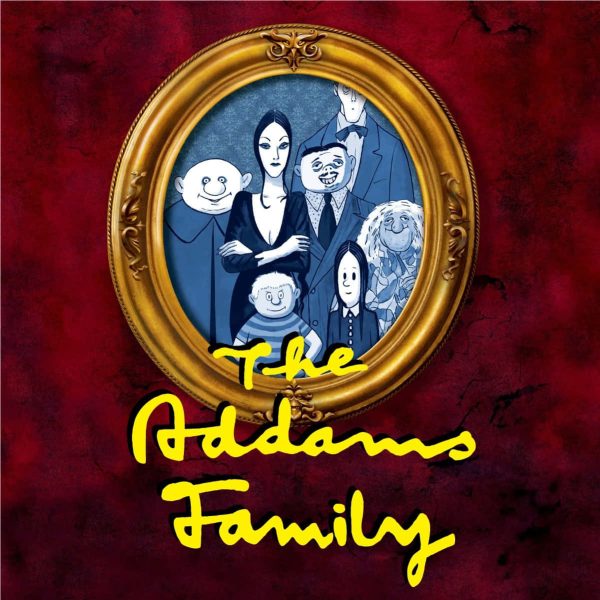NFT…D – Not Fully Tangible Dream
August 25, 2022
The sale of non-fungible, i.e. unique and irreplaceable, tokens, more widely known as NFTs, continued to sink over the summer after peaking in sales in January of 2022. NFTs, at their most basic level, are a collectible form of digital data, i.e. a virtual commodity; they range from drawings and pdfs, to music files and even copies of popular tweets. In March 2021, a drawing of an ocean front house (Ocean Front NFT) by graphic designer and artist Beeple sold for $6 million, while ape cartoons stood for hundreds of thousands of dollars. In contrast to owning a physical piece of art, NFTs dared to fundamentally transform the art world by allowing buyers to continue to flaunt their ability to collect works of higher cultural worth while providing a new and easily accessible outlet for mass production and distribution. In essence, owning the rights to a physical Van Gogh, permanently stationed in a museum, was positioned as no different from owning the rights to a celebrity NFT. Emphasizing the worth of art’s fame over its physical evocative qualities, NFTs attempted to stand as a testament to the worth of cultural and financial power in the art world.
Months later, after causing stirrups over the meaning of art and creating large environmental concerns (sustaining NFTs requires a large amount of energy which produces a gross amount of carbon emissions), non-fungible tokens have only made a small dent in the artist’s world. In theory, if physical modern art could be defined as something that stands beyond aesthetics and leans into the world of messages and symbols, NFTs could be referred to in the same manner, distancing their online form from their impact. As hundreds of cryptocurrency trendsetters had hoped, this would make the NFT a revolutionary success. However, as sales continue to fall, it seems that the cryptocurrency revolutionaries were alone–the world has not progressed far enough into the digital age to the point where such meaning can be expressed adequately through digital works of art, nor does there exist a large enough band of collectors who can afford to buy tokens simply for fame’s sake, making NFTs not yet commodifiable enough to continue to be profitable.












